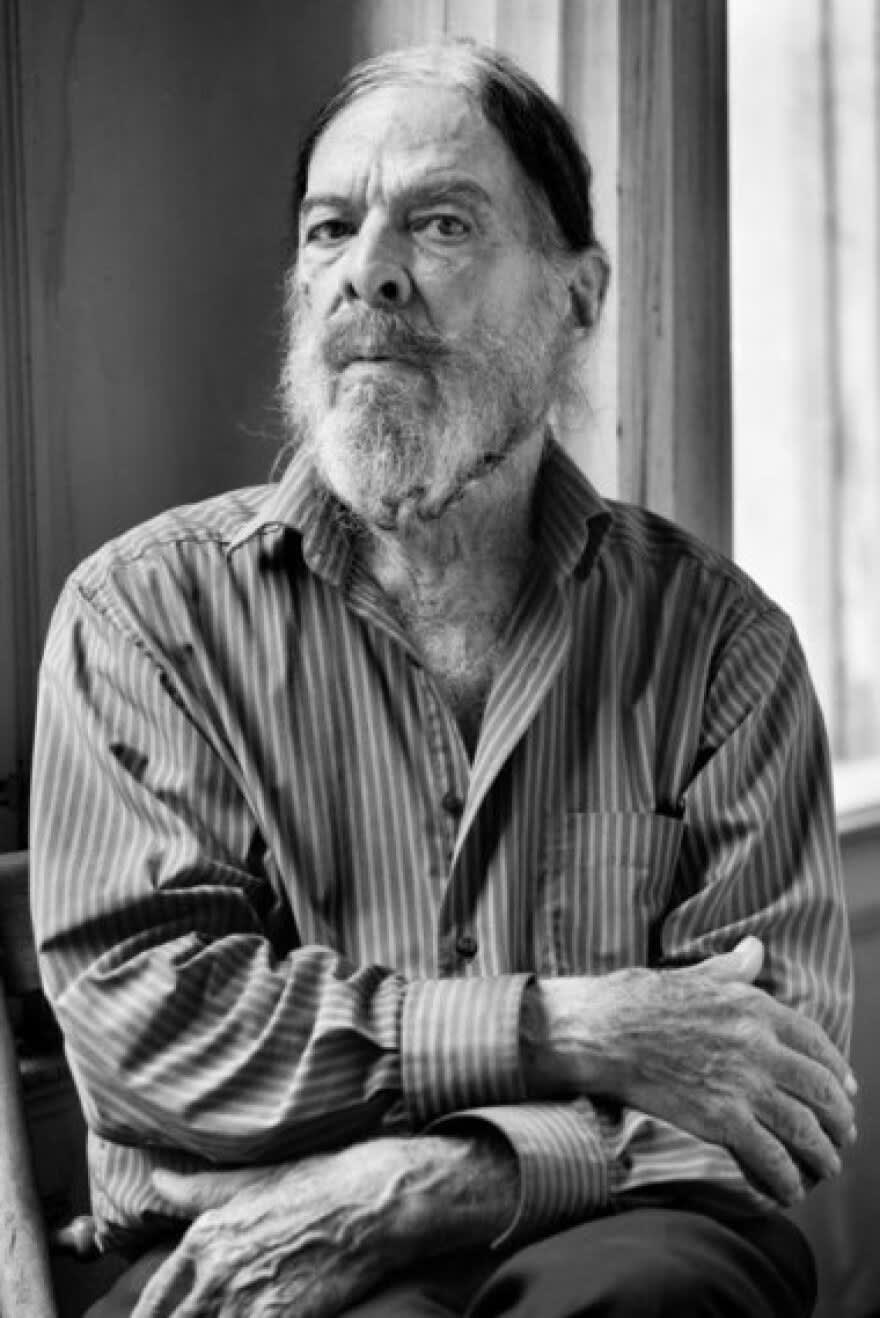|
George Valentine Dureau, born in 1930 in New Orleans, Louisiana, spent the majority of his life in his hometown. Raised by his extended family, he received early art lessons from his aunt, fostering his artistic development. During his youth, he attended art classes at the Delgado Museum of Art, now known as the New Orleans Museum of Art.
Following his service in World War II, Dureau returned to Louisiana to pursue art studies at Louisiana State University, where he graduated with a BFA in 1952. Subsequently, he enrolled in architecture courses at Tulane University. While pursuing his studies, Dureau worked for various high-end department stores along Canal Street, engaging in advertising and window dressing. By approximately 1960, he transitioned to a full-time career as an artist, supporting himself financially.
Initially focused on painting, Dureau produced large-scale, classically inspired figurative works that he exhibited through the Downtown Gallery. During this period, he began photographing models as references for his paintings, often capturing individuals he encountered in the French Quarter, his place of residence. Dureau's innate photographic sensibilities soon became evident, and although he continued to paint throughout his life, it is his photography for which he is primarily renowned.
Dureau's photographic oeuvre primarily centered on the male nude. Initially intended as documentation for his painted compositions, he realized the artistic value of his photographs as standalone works of art. His subject matter encompassed a broad range, from classical nudes to individuals from the street, featuring people with physical disabilities, deformities, and achondroplasia.
During the 1970s, Dureau developed a friendship with renowned photographer Robert Mapplethorpe, with many critics considering Dureau a catalyst for Mapplethorpe's own photographic pursuits.
In addition to his painting and photography, Dureau also worked as a sculptor. Notable examples of his sculptural work include a set of gates created for the New Orleans Museum of Art in 1993 and a sculpture commissioned for the New Orleans Harrah's casino. These works reflected his classical sensibilities. Dureau's artistic contributions have been showcased nationally and internationally, with exhibitions held in New York, Los Angeles, Dallas, and Paris.
-Hilliard Art Museum
|

